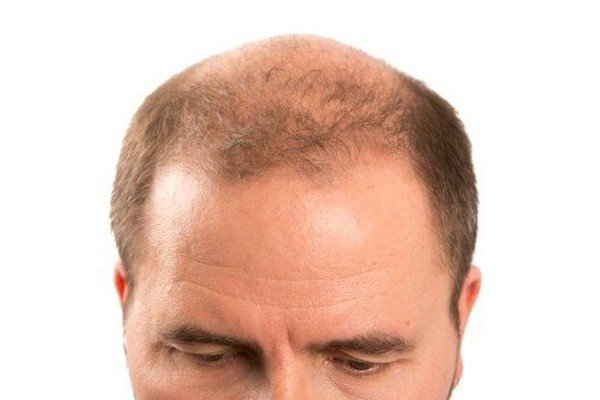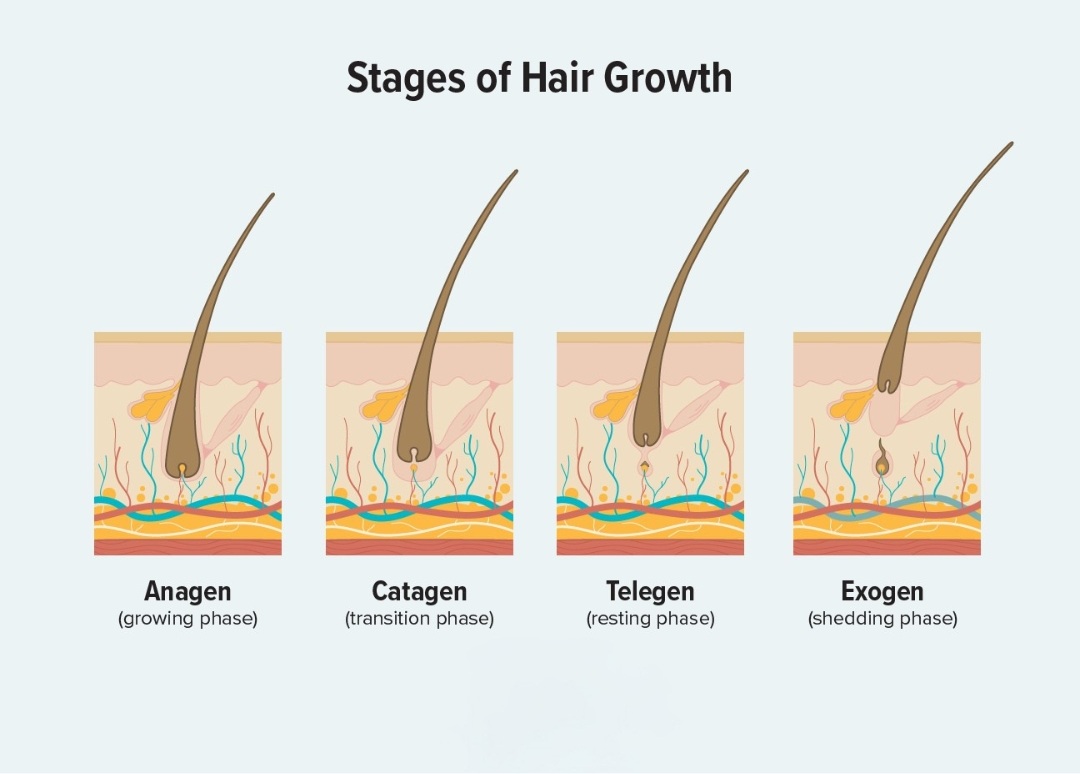ALIKA helps you gauge how severe your balding is. In fact, in the earlier stages, your hair fall is easier to reverse. What stage are you at?
What are the 7 stages of hair loss in men?
The Norwood scale has seven stages. Each stage measures the severity and pattern of hair loss.

Male Pattern Baldness Stage 1: Unnoticeable hair thinning around the temples
There isn’t a noticeable change in the hair loss scale or the hairline in the first stage of male pattern baldness. According to the Norwood scale, hair thins around the temples and the forehead in this hair fall stage. This is the early signs of balding.
Male Pattern Baldness Stage 2: Hair thinning & M-shaped hairline
Stage 2 of male pattern baldness can be identified at a comparatively higher degree of baldness when hair at the temples and the forehead begins to thin more and more. This could also be termed as front baldness or thinning at the crown among males. This is one of the early signs of balding. Here, your forehead becomes wider and your temples more visible. Though this is still mostly unnoticeable, the hair loss around the forehead creates an M-shaped hairline..
Male Pattern Baldness Stage 3: Visible balding & recession of the hairline to form M, U & V shapes
In stage 3, balding becomes more evident. Your hairline recedes deeper and widens your forehead to form ‘M,’ ‘U’ or ‘V’ shapes on the forehead.
The hair loss in this stage has increased enough to categorize this stage as baldness. Stage 3 can be categorized into Stage 3 Vertex of male pattern baldness. Here, the hair at the top of the scalp becomes thinner. Bald spots are seen in this stage of male pattern baldness.
Male Pattern Balding Stage 4: Massive hair loss at the back of the head
In this stage of male pattern baldness, the Norwood scale indicates that you are sure to lose a lot of hair. Bald spots are increasingly evident. The hair on your crown begins to thin out, and large patches of hair are lost at the back of the head.
Male Pattern Balding Stage 5: Horseshoe or U-shaped hairline at the crown of your scalp
This stage denotes the presence of a classic horseshoe-shaped or a U-shaped hairline. If you are at this stage, your hairline has receded significantly. Hair loss in this stage of male pattern baldness becomes more challenging to treat.
By stage 5 of the Norwood Hamilton Scale, the hair loss and balding are so severe that it is almost difficult to see immediate, visible effects.
Male Pattern Balding Stage 6: Visible scalp & enlarged bald patches
In Stage 6 of male pattern baldness, the hair on your head is thin and bald patches widen, making your scalp more visible. The Norwood Hamilton Scale suggests that hair loss is at the head’s sides.
Male Pattern Balding Stage 7: Hairline receded to the crown & very little thin hair
If you have reached stage 7 of the Norwood Hamilton Scale, you know that this means that you have lost most of your hair. Your hairline has receded to the crown, and the very little hair remaining on the sides is too thin.
Is there a way to prevent & treat male pattern hair loss?
Hair loss prevention and treatment go hand in hand. People begin balding at a wide range of different ages and lose hair at very different speeds, so it’s up to you to decide when to start taking preventive action.
One way to prevent and treat hair loss in men safely at home is to use daily hair care sets. Alika recommends the ALIKA PLATINUM set which works to help stop hair loss in men, hair grows fast – thick – strong.

- EXTRA VOLUME SHAMPOO: Clean the scalp and hair, prevent hair loss, stimulate the growth of hair follicles.
- EXTRA VOLUME CONDITIONER: Moisturize the scalp and hair, prevent hair loss, stimulate the growth of hair follicles.
- HAIRFUL SERUM: Prevent hair loss, make hair grow stronger, stimulate the growth of hair follicles.
Start acting on male pattern baldness NOW!
Don’t turn a blind eye to hair loss, a wider forehead, and hair thinning. Hair loss is common and inevitable, and so is balding. If the men in your family have a history of balding, i.e., if balding is genetic and runs in your family, it is best to take note and act upon hair loss.
It’s best to prevent and postpone male pattern baldness by seeking treatment rather than turning a blind eye towards it.





